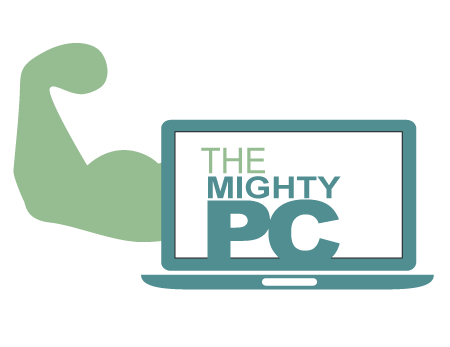If your new Windows 10 PC, formerly shiny, has started to lose some of its luster, there are ways to put a little pep back in its step. Here are a few quick, easy ways to boost performance without any hardware switching.

The new Start menu for Windows 10 is sleek and see-through, but it will cost you some (small) money. You can deactivate transparency in the Start menu, Taskbar and Action Center to recover those resources: Open the Settings menu and go to Personalization > Colors and turn off transparently Make Begin, Taskbar and Action Center.
Make the Start menu, the Taskbar, and the Action Center transparent is one thing, but Windows 10 still has a lot more snazzy, built-in visual effects. To really get the visual effects bare-bones, right-click the Start button and click the System button.
To open the System Properties menu, click Advanced System Settings. Click Settings on the Advanced tab under Performance…
The Performance Options menu will be opened. In the Visual Effects tab, either choose to Adjust for Best Performance to turn off all unnecessary animations and Visual effects, or choose Custom: and deselect the visual effects that you think you can live without. Click OK to apply your changes when you're done.
If your PC takes a long time to boot and you've allowed Quick Startup and all you might have too many programs to start when you turn on your device. Right-click the Start button to correct this and click Task Manager.
Click the Start tab (click More info if you don't see the Start tab) and check your computer's list of programs to start. If you see a program you don't need to be there, right-click the program and click Disable. If you want to see the services that take up the most resources (and time) you can also organize the list of programs by Start Impact.
Windows 10 has a designed-in troubleshooter feature that can help you find and address any issues that may affect the speed of your PC. Click the Start button and click Control Panel to open the troubleshooter. Select Troubleshoot common computer issues under Safety and Maintenance at the end. Next, click Run maintenance tasks under Program and Safety.
Once your machine begins, before loading the operating system, the boot menu will be displayed for a certain amount of time. It gives you time in safe mode to do stuff like starting Windows. You can shave off your startup time for a few seconds by changing the time-out boot menu, which is set by default to 30 seconds.
For this function,
Next to Operating System List Time: change the value from 30 seconds to 10 seconds and press OK.
Windows 10 also gives you advice on how to get the most out of the OS in an attempt to be helpful. To do this, it scans your computer, a process that can affect performance slightly. To turn off these instructions, go to Start > Settings > System > Notifications & Actions and switch off Receive tips, tricks and suggestions when using Windows.
This is a win-win. It will improve the performance of your hard drive and free up space. Disk Cleanup has always been around, but this reliable Windows utility can still help clean up your hard drive's temporary files, installers, and other junk. Simply search for Disk Cleanup to access it, run it, and press the Clean up device files button.
If your PC comes with software that you don't want or need, get rid of them. The same applies to any apps that you later found to be of little or no benefit. Right-click the Start menu, select Control Panel and click Uninstall a program under the Program header. Peruse the list from time to time and press Uninstall at the top of the list to pick the programs you no longer need.
If you don't need to, make sure you don't use a Power saver program. Sometimes even desktops will have a power-saver option, which will not do you any good unless you try to save battery life. Launch the Control Panel and go to Hardware and Sound > Power Options to see your current power schedule. Make sure you use a High Performance or Balanced Schedule (or a PC manufacturer's plan that claims it's balanced) for better performance.
Is it as easy to speed up your computer as... restart it? Perhaps. Restarting your PC clears your memory and prevents any resource-taking operations. However, shutting down your computer is not the same as restarting it, shutdown is influenced by Quick Startup in Windows 10, which saves a screenshot of your PC and its processes for quicker boot-up in a hiberfile. Restart is not affected by Quick Startup, so restarting your PC is the only way to clear the memory and shutdown processes completely if you have Fast Startup enabled.


Leave a comment